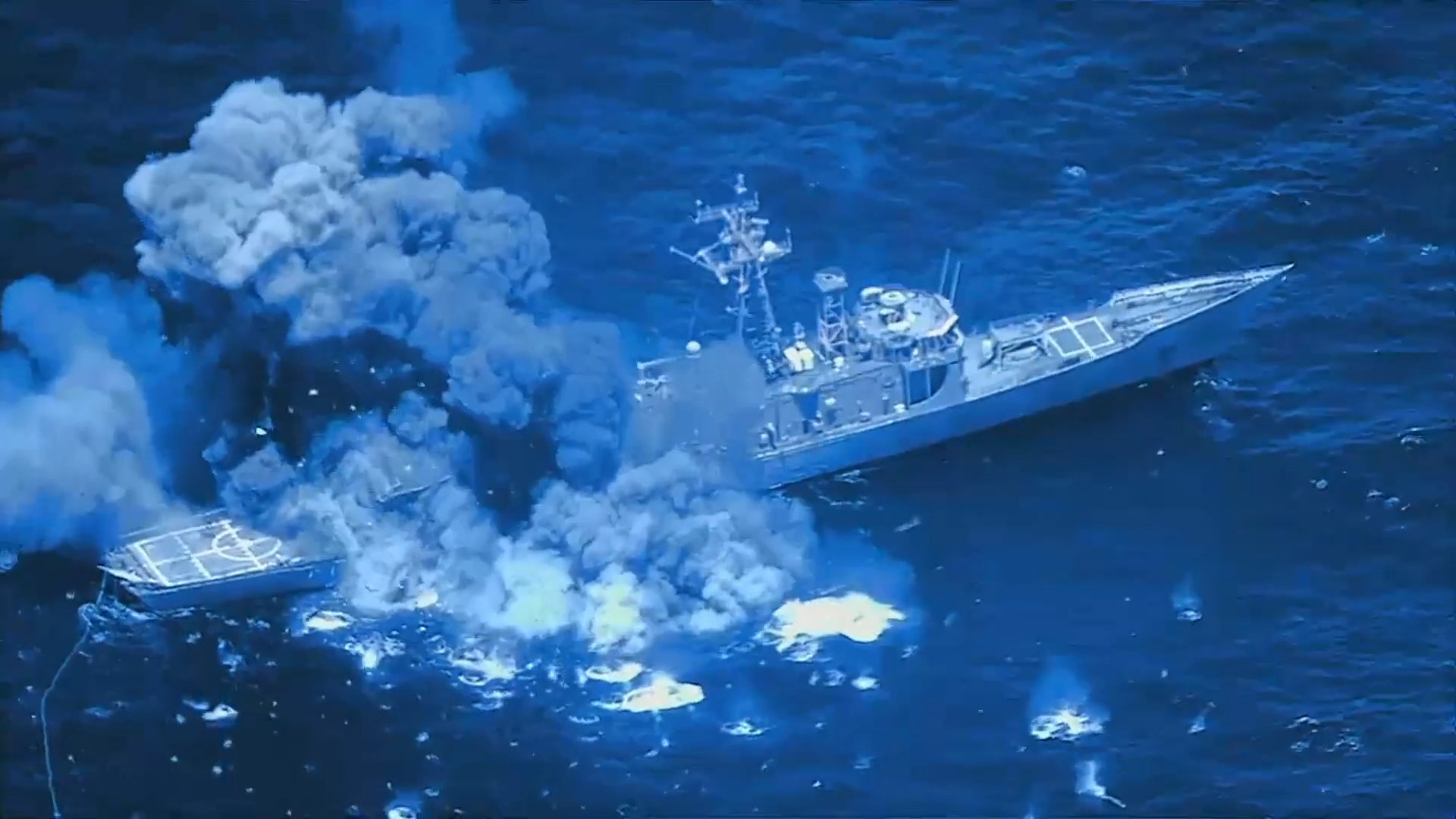The U.S. Navy released video of a sinking exercise, or SINKEX, from the 2022 Rim of the Pacific (RIMPAC) exercise off Hawaii on Saturday.
Footage shows a mix of U.S., Canadian, Australian, and Malaysian forces hitting the former Oliver Hazard Perry-class frigate USS Rodney M. Davis (FFG-60) about 50 miles north of Kauai.

The frigate eventually sank into 15,000 feet of water after a barrage of bomb and missile hits. Named for posthumous Medal of Honor recipient Marine Sgt. Rodney Maxwell Davis, the frigate was commissioned in 1987 and spent its nearly 30-year career in the Pacific. It was the second to the last example of the class to be built.
Decommissioned in 2015 and was reportedly considered for donation to Ukraine in 2018. The former Rodney M. Davis is the most recent of several sister ships to be sunk as targets in recent years, joining the Thach, Ford, and McClusky to name a few. This week’s sinking comes on the heels of June’s Valiant Shield exercise in the Marianas Islands, when the ex-USS Vandegrift met its end in a SINKEX off Guam. Last summer’s Valiant Shield exercise saw the ex-USS Ingraham, the last Perry-class frigate built for U.S. service, torn to pieces with air attacks and a devastating torpedo hit.
U.S. Navy F/A-18E/F Super Hornets and Marine Corps F-35C Lightning II fighters from Carrier Air Wing 9 aboard USS Abraham Lincoln dropped Paveway laser-guided bombs on the frigate. The F-35C from Marine Strike Fighter Squadron 314 “Black Knights” (VMFA-314) can be seen launching with its GAU-22/A 25mm Gatling gun pod mounted on the centerline.
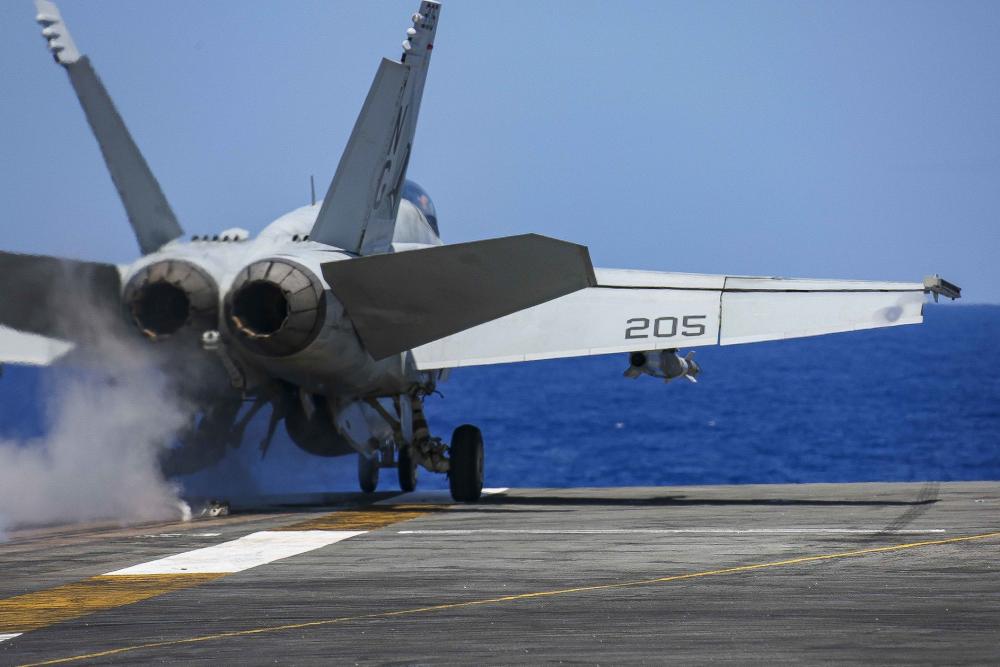
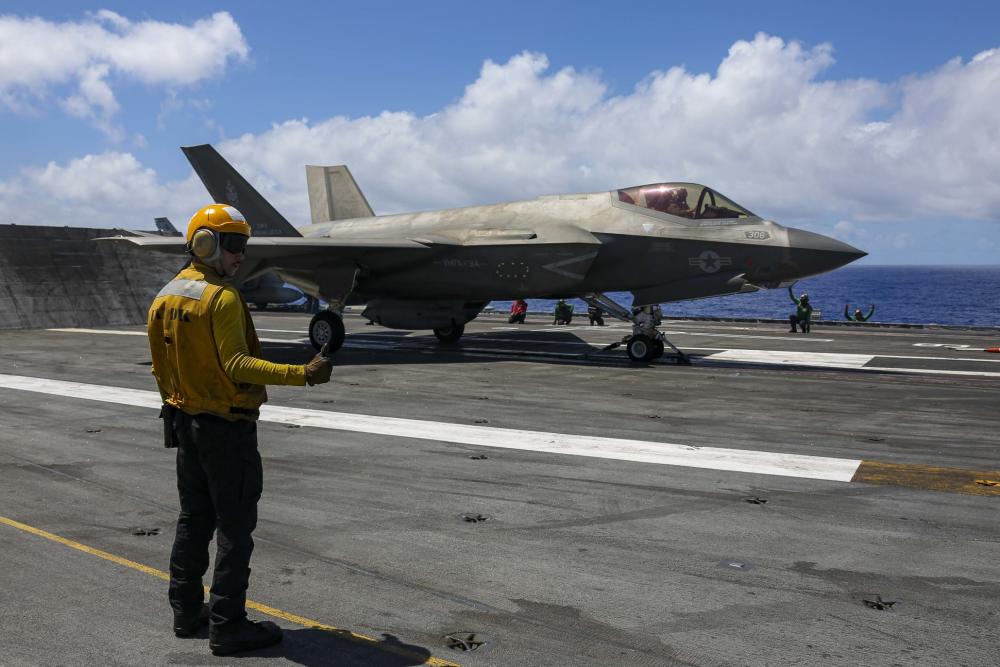
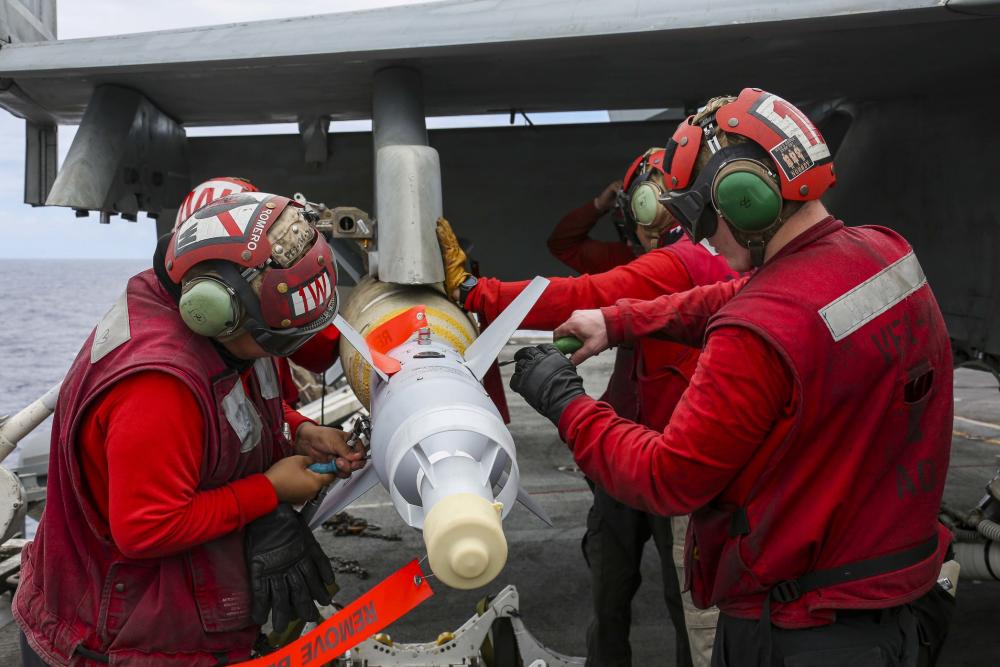
Video posted to RIMPAC’s Twitter account further showed anti-ship missile launches from the Royal Canadian Navy Halifax-class frigate HMCS Winnipeg (FFH-338), Royal Malaysian Navy Kasturi-class frigate KD Lekir (F-26), and a U.S. Navy P-8 Poseidon maritime patrol aircraft.
The Winnipeg and the Poseidon fired Harpoon anti-ship missiles at the former Rodney M. Davis, while the Lekir fired a French-made Exocet Block 2.
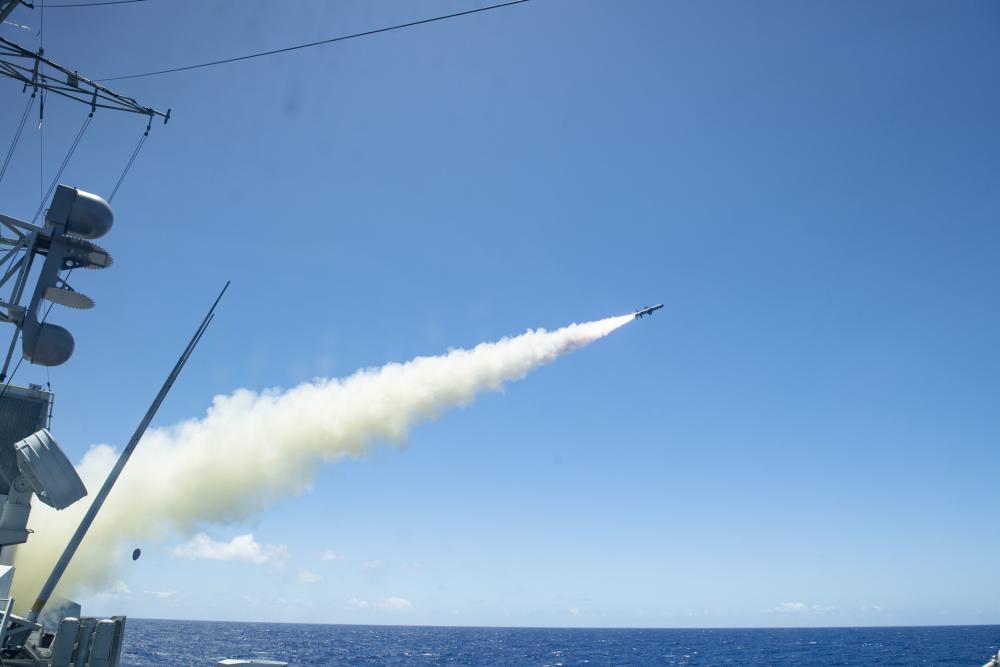
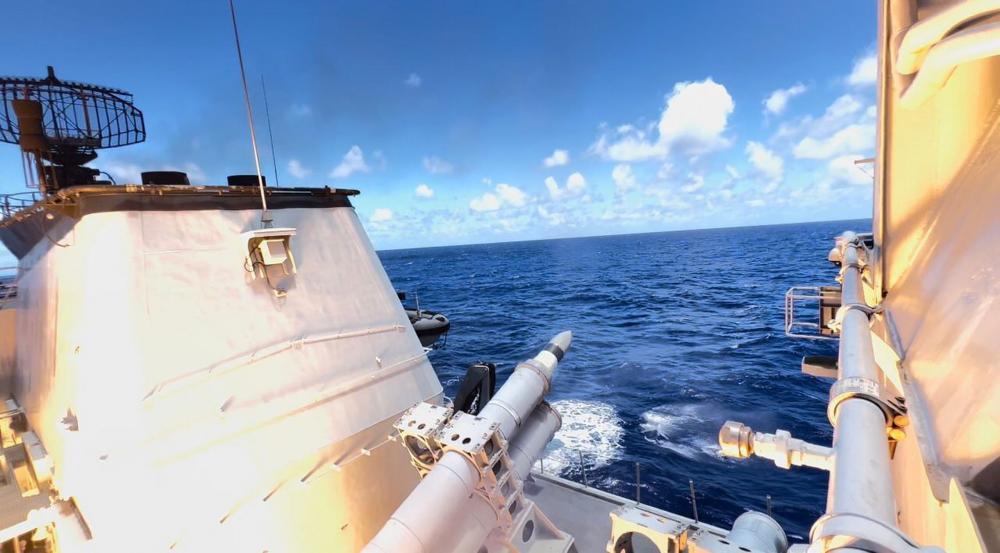
While the tough old warship remained afloat and burning after numerous hits, it’s important to note specific conditions for such sinkings that make the damage done both more and less survivable.
First, there are no combustibles aboard, be that equipment, fuel, or ammunition of any kind, so secondary explosions shouldn’t happen and fires have less to consume and thus spread. Second, there’s no crew for damage control efforts to mitigate the ship’s injuries. Finally, compartments are sealed throughout the ship to make it even more resilient. So, the true severity of these attacks, as seen in the video, is a bit skewed.
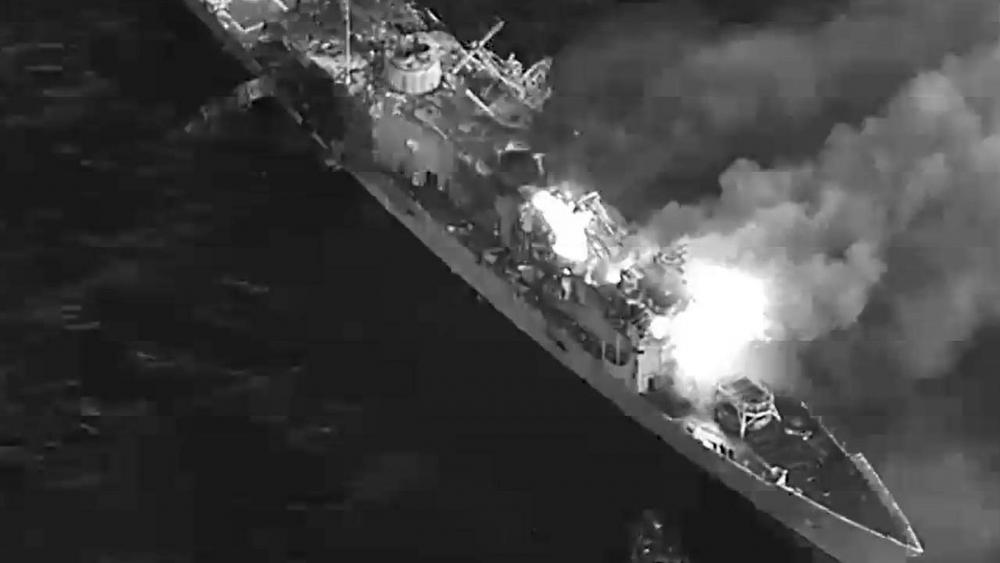
There’s indisputable value in using weapon systems for real, planning the strike and feeling a ship reverberate from a missile leaving the canister, or that telltale release of a bomb falling from a fighter’s pylon. It’s also living proof that these legacy weapons like the Harpoon, Exocet, and Paveway can still hit hard despite their age.
Now their effectiveness against a modern surface combatant trying to defend itself, that’s another issue.
Contact the author: stetson.payne@thewarzone.com
